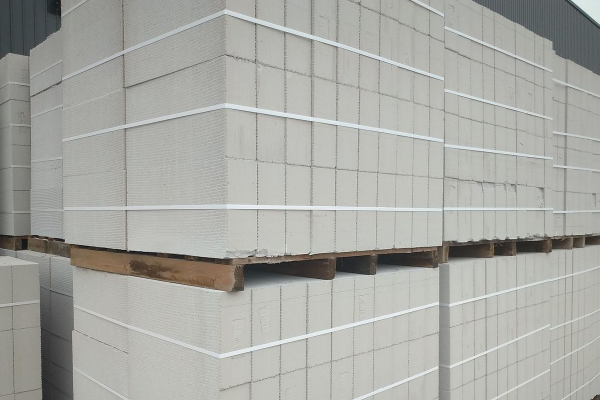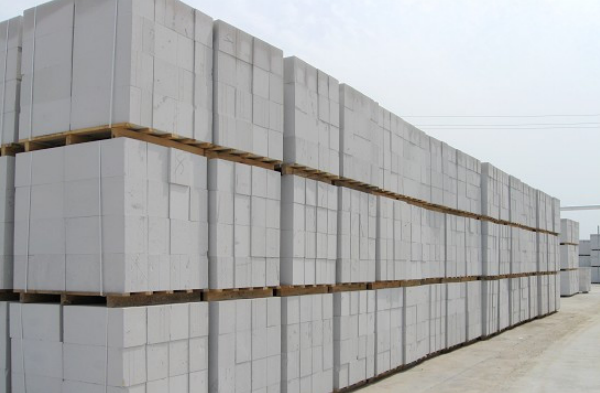オートクレーブ養生気泡コンクリート製品の応用分野
気泡コンクリートは、ケイ酸塩材料(砂、フライアッシュ、シリカ含有テーリングなど)と石灰質材料(石灰、セメント)を主原料とし、通気剤(アルミニウム粉末)と混合し、バッチ処理、混合を行います。軽い多孔質ケイ酸塩製品で作られた注入、予備硬化、切断、オートクレーブ、硬化およびその他のプロセス。
Non-load-bearing blocks are the most widely produced and used. The bulk density is generally 500 kg/m3 and 600 kg/m3. They are mainly used in infill walls and partitions in the structure without bearing the load; the bulk density of load-bearing blocks is 700 kg /m3 and 800 kg/m3, bear the load after special structure treatment in the building; the bulk density of the thermal insulation block is generally 300 kg/m3 and 400 kg/m3, mainly used for building thermal insulation; roof panels and wall panels They are all reinforced aerated concrete slabs, and their reinforcement is different according to different uses. What are the main applications of aerated concrete products?

1、High-rise frame building
Years of practice proved. The application of aerated concrete in high-rise frame buildings is economical and reasonable, especially the use of blocks to build internal and external walls, which has generally been recognized by the society.
2、Buildings in earthquake-resistant areas
Due to the light weight of the aerated concrete, the seismic force of the building is small, which is advantageous for earthquake resistance. Compared with the brick-concrete building, the same building, under the same earthquake conditions, the degree of earthquake damage is different by the earthquake design fortification level, such as the brick-concrete building When the fortification reaches 7 degrees, it will be destroyed, while the aerated concrete building will not be destroyed when the fortification reaches 6 degrees. During the Haicheng earthquake in 1975, more than 30 porous concrete buildings exhibited minor damage, while the adjacent brick-concrete buildings suffered severe damage. When the Tangshan earthquake in 1976, a five-story aerated concrete load-bearing building in Baijiazhuang, Beijing, The self-weight was only 700kg/m2. At that time, when the earthquake intensity was 6 degrees, no new cracks appeared after the earthquake. However, the lower part of the four-story mixed structure residence at 50m had large oblique cracks.

3、厳しい寒冷地の建物
気泡コンクリートは断熱性能に優れています。厚さ200mmの壁の断熱効果は、寒冷地で優れた建築経済効果を持ち、競争力があるため、厚さ490mmのレンガ壁の断熱効果と同等です。
4、ソフトファンデーション建設
同じ基礎条件の下で、気泡コンクリートの建物の層の数を増やすことができ、それは経済的に有利です。気泡コンクリートの主な欠点は、大きな収縮、低い弾性率、および凍結による損傷の恐れです。したがって、気泡コンクリートは、温度が80℃を超える、酸およびアルカリの危険がある環境には適していません。特に寒い時期の長期にわたる湿度の高い環境この地域には特に注意を払う必要があります。


